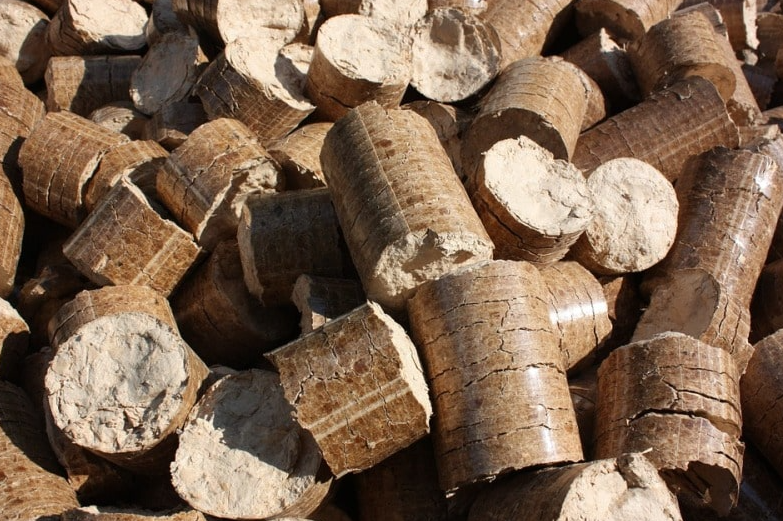Are you looking for an efficient and eco-friendly way to dispose of your waste? Or maybe you want to make use of your agricultural or forestry residues? If so, then briquetting technology might be the solution you’re looking for. In this beginner’s guide to briquetting technology, we’ll take a closer look at the process, its applications, and the benefits it offers.
What is Briquetting Technology?
Briquetting technology involves compressing biomass or other organic materials into a compact and uniform shape, typically a cylinder or cube, using high pressure. The resulting briquette can then be used as a fuel or feedstock for various industrial processes.
How does Briquetting Technology Work?
The briquetting process typically involves the following steps:
Raw Material Preparation – The material to be briquetted is collected, sorted, and processed to remove any impurities or unwanted elements.
Grinding or Chipping – The material is then ground or chipped into small pieces to facilitate the briquetting process.
Drying – The material is dried to reduce its moisture content and improve its handling properties.
Briquetting – The dried material is fed into a briquetting machine, which compresses it using high pressure to form a dense and uniform briquette.
Cooling – The briquette is then cooled to room temperature before being stored or transported.
Applications of Briquetting Technology
Briquetting technology has a wide range of applications across various industries, including:
Energy Production
Biomass briquettes can be used as a renewable and sustainable alternative to fossil fuels for heating and electricity generation.
Waste Management
Briquetting technology provides an eco-friendly solution for waste management, as it allows for the conversion of waste materials into useful and valuable products.
Agriculture and Forestry
Briquetting technology can be used to process agricultural and forestry residues, such as crop and wood waste, into biomass fuel or animal feed.
Mining and Metallurgy
Briquettes can be used as a reducing agent in the production of iron and steel, as well as in other metallurgical processes.
Chemical Industry
Briquettes can be used as a feedstock for various chemical processes, such as the production of fertilizers, plastics, and other synthetic materials.
Benefits of Briquetting Technology
Briquetting technology offers numerous benefits over other waste disposal and energy production methods, including:
Environmental Benefits
Briquetting technology helps to reduce greenhouse gas emissions and promote sustainable waste management practices.
Economic Benefits
Briquetting technology can help to reduce the cost of waste disposal, as well as provide a source of income for farmers and other producers of biomass materials.
Energy Independence
Briquetting technology provides a sustainable and renewable source of energy, reducing dependence on fossil fuels and promoting energy independence.
Briquetting technology offers a sustainable and eco-friendly solution to waste management and energy production, with a wide range of applications across various industries. By understanding the basic process and its benefits, you can make an informed decision about whether briquetting technology is right for your needs. With the right approach and resources, briquetting technology can help to promote sustainable development and reduce our reliance on fossil fuels.
